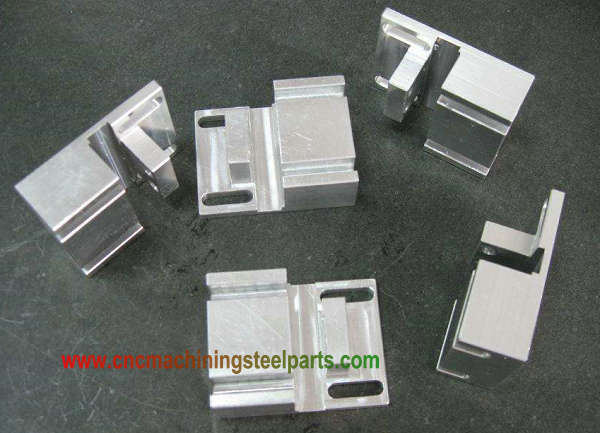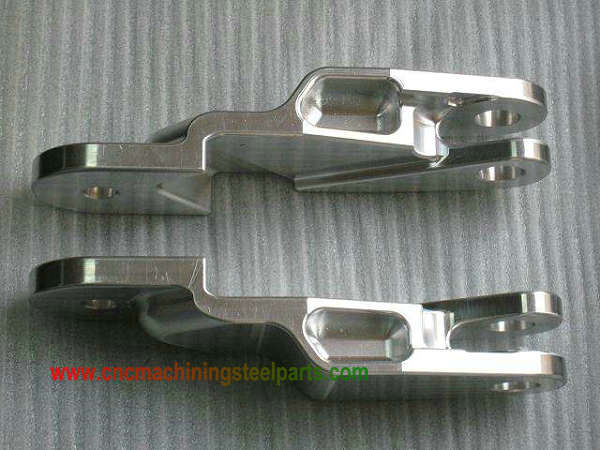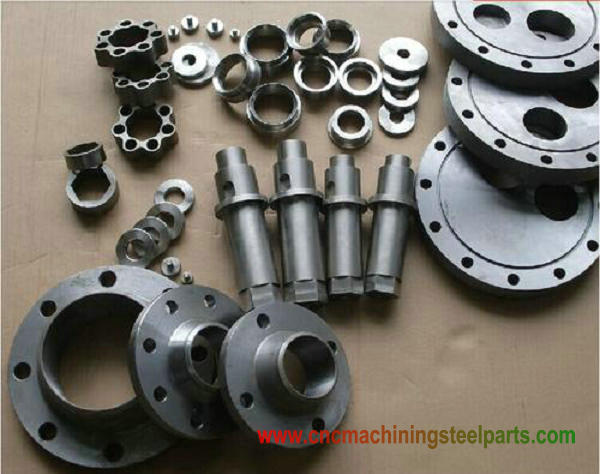CNC Machining Aluminum Parts | Aluminum Alloy Parts
1050 Aluminum Alloy
2A12 Aluminium Alloy LY12
6061 Aluminium Alloy
6063 Aluminium Alloy
1050 Aluminum Alloy
2A12 Aluminium Alloy LY12
6061 Aluminium Alloy
6063 Aluminium Alloy
CNC Machining Aluminum Alloy Parts Is One Of The Most Widely Used Non-Ferrous Metal Structural Materials In Industry. It Has Been Widely Used In Aviation, Aerospace, Automobile, Machinery Manufacturing, Shipping And Chemical Industry. With The Rapid Development Of Industrial Economy, The Demand For Welded Structural Parts Of Aluminium Alloy Is Increasing Day By Day, Which Makes The Research On Weldability Of Aluminium Alloy Deepen. Aluminum Alloy Is The Most Widely Used Alloy At Present.
Historical Development
Aluminum Oxide Was Electrolytically Reduced To Aluminium In The Laboratory In 1808 And Used As Building Material On The Top Of The Washington Monument In 1884. Aluminum Alloy Materials Synthesized By Adding Various Metal Elements To Aluminium Materials Have Been Widely Used In Various Sectors Of The Construction Industry.
In 1908, American Aluminum Corporation Invented Electrical Aluminum Alloy 1050 And Made Steel-Cored Aluminium Strand, Which Pioneered High-Voltage Long-Distance Transmission.
In 1915, American Aluminum Corporation Invented 2017 Alloy And 2024 Alloy In 1933, Which Made The Application Of Aluminium In Aircraft Expand Rapidly. In 1933, American Aluminum Corporation Invented 6061 Alloy, And Then Created The Quenching Process Of Extrusion Press, Which Greatly Expanded The Application Of Extrusion Profiles.
In 1943, Aluminum Corporation Of America Invented 6063 Alloy And 7075 Alloy, Which Opened a New Era Of High Strength Aluminium Alloy.
In 1965, Aluminum Corporation Of America Invented a356 Casting Aluminium Alloy, Which Is a Classical Casting Aluminium Alloy.
With The In-Depth Study Of Aluminium Alloy Materials, High-Strength Aluminium Alloy (2000, 7000 Series) Has Been Used In Commercial Aircraft More Than 80% Of Its Structural Quality Because Of Its Excellent Comprehensive Properties, So It Has Been Widely Valued By The Global Aviation Industry. Aluminum Alloys Have Been Gradually Applied In Life, Military, Science And Technology.
Material Properties
Aluminum Alloy Has Low Density But High Strength, Close To Or Over High Quality Steel, Good Plasticity, And Can Be Processed Into Various Profiles. It Has Excellent Electrical Conductivity, Thermal Conductivity And Corrosion Resistance. It Is Widely Used In Industry, And Its Usage Is Second Only To Steel.
Some Aluminium Alloys Can Obtain Good Mechanical Properties, Physical Properties And Corrosion Resistance By Heat Treatment.
Hard Aluminium Alloy Belongs To Ai-Cu-Mg System, Which Generally Contains a Small Amount Of Mn And Can Be Strengthened By Heat Treatment. Its Characteristics Are High Hardness But Poor Plasticity.
Superhard Aluminium Belongs To Al-Cu-Mg-Zn System, Which Can Be Strengthened By Heat Treatment. It Is The Highest Strength Aluminium Alloy At Room Temperature, But It Has Poor Corrosion Resistance And Fast Softening At High Temperature.
Forged Aluminium Alloys Are Mainly Al-Zn-Mg-Si Alloys. Although Many Kinds Of Elements Are Added, The Content Is Small, So They Have Excellent Thermoplasticity And Are Suitable For Forging, So They Are Also Called Forged Aluminium Alloys.
Material Structure
The Density Of Pure Aluminium Is Small (p=2.7g/Cm3), About One Third Of That Of Iron.
The Melting Point Is Low (660 c). Aluminum Is a Face-Centered Cubic Structure, So It Has High Plasticity (Delta: 32-40% , 70-90%). It Is Easy To Process And Can Be Made Into Various Profiles And Sheets With Good Corrosion Resistance.
But The Strength Of Pure Aluminium Is Very Low, And The Value Of_b In Annealing State Is About 8 Kgf/Mm2, So It Is Not Suitable For Structural Materials. Through Long-Term Production Practice And Scientific Experiments, People Gradually Use Alloying Elements And Heat Treatment Methods To Strengthen Aluminum, Which Obtained a Series Of Aluminum Alloys.
The Alloys Formed By Adding Certain Elements Can Maintain The Advantages Of Pure Aluminium, Such As Light Weight, But Also Have High Strength. B Values Can Reach 24-60 Kgf/Mm2, Respectively.
This Makes Its “Specific Strength” ( Ratio Of Strength To Specific Gravity ) Better Than Many Alloy Steels, And Becomes An Ideal Structural Material. It Is Widely Used In Machinery Manufacturing, Transportation Machinery, Power Machinery And Aviation Industry. Aircraft Fuselage, Skin, Compressor And So On Are Often Made Of Aluminium Alloy To Reduce Self-Weight. The Structure Weight Can Be Reduced By More Than 50% By Using Aluminium Alloy Instead Of Steel Plate Welding.


